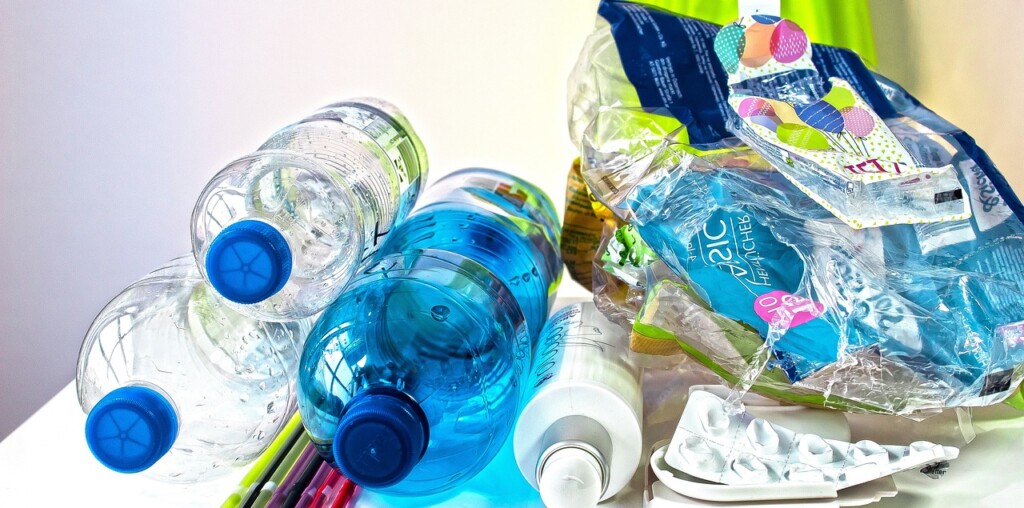U.S. Government Announces Plan to Phase Out Single-Use Plastics
The U.S. government, recognized as the largest purchaser of consumer goods globally, has unveiled a significant initiative to combat plastic pollution. The new plan outlines a strategy to phase out the procurement of single-use plastics, a move that promises to set a precedent for both domestic and international environmental policies.
Impact on Plastic Pollution
Single-use plastics, including items such as straws, cutlery, and packaging, have been major contributors to global plastic pollution. By ceasing their purchase, the government aims to drastically reduce its environmental footprint. This initiative could lead to a substantial decrease in the volume of single-use plastics entering landfills and oceans, helping to mitigate the adverse effects on marine life and ecosystems.
A Model for Change
As the largest consumer of goods, the U.S. government’s shift away from single-use plastics is poised to influence other sectors. The policy could inspire businesses, municipalities, and other government bodies to adopt similar measures, creating a ripple effect across various industries. This shift not only supports environmental sustainability but also underscores the importance of leading by example in the fight against plastic pollution.
Implementation and Timeline
The phase-out plan will be implemented gradually, with specific deadlines set for different categories of single-use plastics. The government is expected to collaborate with suppliers to find sustainable alternatives and establish clear guidelines for compliance. This transition will involve careful planning to ensure that the shift does not disrupt operations or compromise the quality of goods and services.
Long-Term Benefits
The long-term benefits of this initiative are manifold. Reducing reliance on single-use plastics aligns with broader environmental goals, including reducing greenhouse gas emissions and conserving natural resources. Additionally, this move is likely to stimulate innovation in sustainable product development and waste management practices, fostering a more circular economy.
Conclusion
The U.S. government’s decision to phase out single-use plastics represents a pivotal step in addressing the global plastic pollution crisis. By leveraging its significant purchasing power, the government not only sets a powerful example but also contributes to a cleaner, more sustainable future. As this initiative unfolds, it will be essential to monitor its impact and ensure that the transition to sustainable alternatives is both effective and inclusive.


Add your first comment to this post